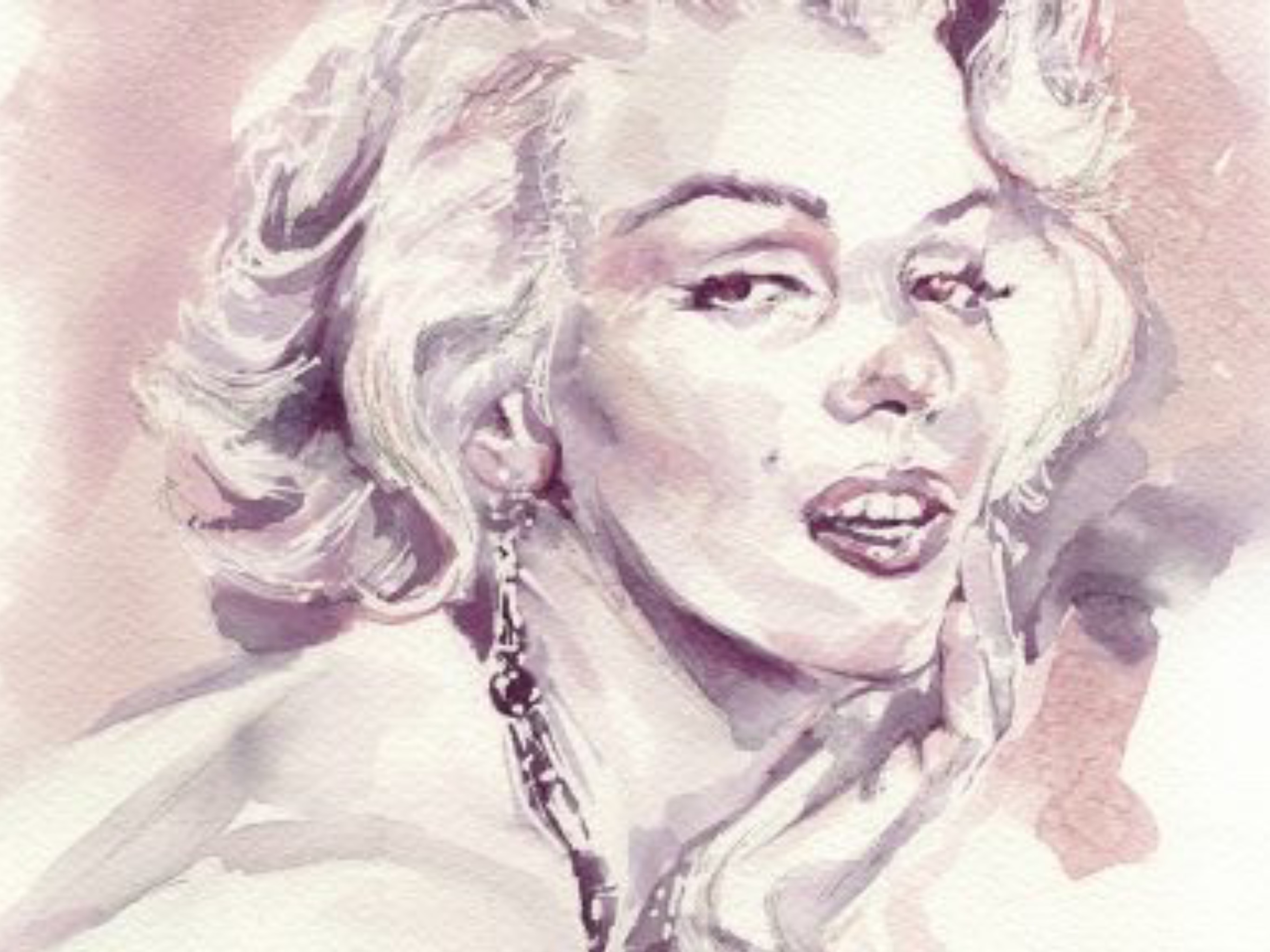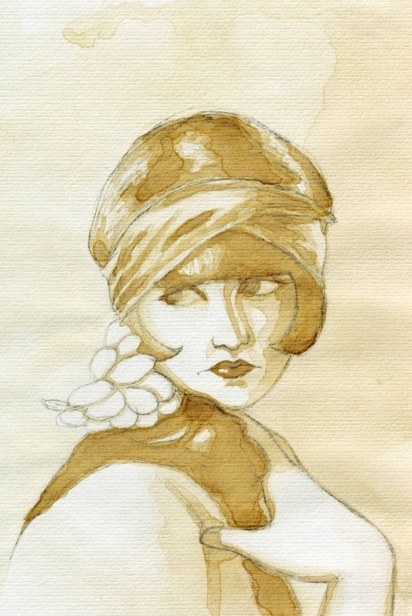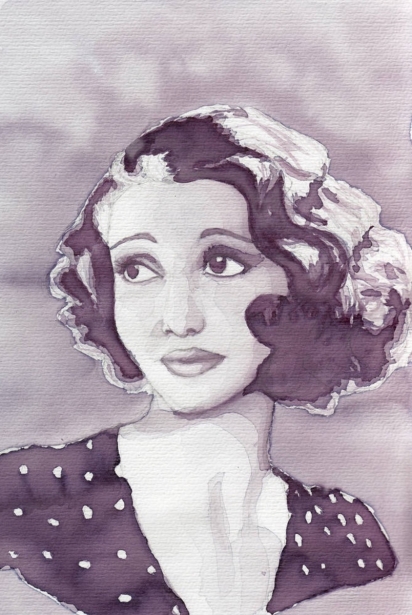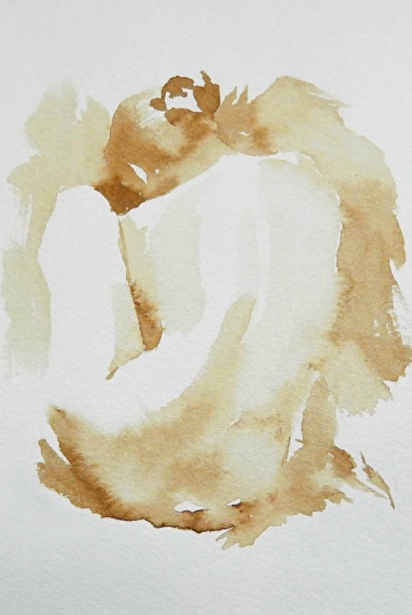Eating With Your Eyes
The phenomenon that food tastes better if served with thoughtful presentation is by no means a new idea. Seeing different colors and textures on a plate piques both your interest and your appetite. Christopher Barksdale brings a new take to this “eating with your eyes first” philosophy by offering an opportunity to do so exclusively.
Mequon resident Barksdale was born and raised in the South Bronx and has always been passionate about both art and food. “I started drawing when I was about two and a half, it’s been a great love affair,” he says. The vivid memories from his childhood also emphasise his passion for food, like dinners with his grandparents. “My grandmother would make her famous lemon-basil pappardelle, and the love that she would put into it is what I believe was an extra ingredient. It was not just the love that she put into it, however, it was the love at the table, the community of us as a family.” This visceral connection to his upbringing, art and food influences his artistic style. “There are many different things that inspire me,” he says, “how my day goes, time with my daughter and wife, reading things out of the bible; but great food and great wine just causes my brain to fire.” As a portraiture artist, Barksdale can recognize when traditional art elements are woven into a meal. He can draw inspiration from sauce left on a plate or dribbles on a table. “I love having a really good rich cup of coffee, and as you’re drinking it, it spills over. Just seeing what the liquid does to the napkin or the saucer, there’s always something in there for me.
Barksdale takes yet another step by using food as a medium in itself. He experiments with creating different pigments from food and drink, like wine, coffee, tea and fruit. Building up food pigments over one another or reducing beverages to make a richer color palate can transform the overall look of the piece. “I like the bleed effect,” Barksdale says, “and how it can become more opaque or more transparent.” Making his own pigments is not without struggles, however. Some natural pigments come out differently than expected, especially when working with fruit. Barksdale says, “You can almost get a blueberry to look black. Blackberries are not black. They may look as which, but once you reduce them down, they have that eggplant, purple-ish hue to them.” He is currently on the hunt for the perfect yellow pigment. Saffron, for example, is a well known for giving the Spanish dish paella its signature golden vibrancy, but you have to be careful, “It’ll end up going a little reddish-orange on you,” Barksdale explains.
Food, unlike art, is not timeless, but decay can be viewed through an artistic lens. “I had a piece that I did with coffee and berries, and we had no place to put it in our home so I put it in storage, in the dark, and didn’t think anything of it,” Barksdale recalls. The portrait of a bearded man had transformed into more than he intended. The hair, which had been painted with berry pigments, had been taken over by a furry mold, mimicking the growth of bona fide facial hair. “I ended up getting rid of it,” he says, “but it looked so cool!”
Artists pulling insight from their upbringing isn’t uncommon, but daily experiences give Barksdale the urge to create. “I am influenced by literally everything, but there really is something about great food and great visuals that push me into that creative zone.” So next time you sit down for a meal, keep your eyes and mind wide open, and prepare for inspiration to strike.








